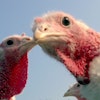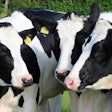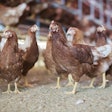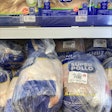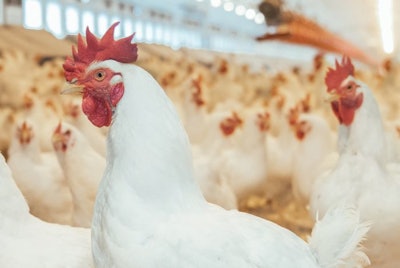
What would be the financial cost to Brazil should highly pathogenic avian influenza (HPAI) spread through its commercial flocks?
There are no two ways about it, should the virus enter Brazil’s commercial production the cost for both the local poultry industry and the world’s consumers will be high.
Quantifying that cost, however, has proved difficult.
Estimates have recently been circulating in the Brazilian press that attempt to address this, but they have been questioned by local producers.
The figures come from a study carried by think tank Fundação Getulio Vargas (FGV) in 2020 and since updated. They warn that should HPAI spread through the country’s commercial poultry production, losses could reach R$13.5 billion (US$2.8 billion), while direct and indirect job losses could reach 46,000.
Handle with caution
The figures, however, have been deemed overestimates by local industry association the Brazilian Association of Animal Protein (ABPA). It says that the report’s premises are at odds with the reality of Brazilian poultry production, for example its structure and levels of biosecurity.
It also adds that the study assumes that the impact of HPAI incursions into commercial flocks would be long-lasting, which is at odds with the experience of countries that have already had to confront the disease.
Incremental losses
While the FGV study may have its flaws, Brazil is already feeling HPAI’s effects on its exports.
Japan, a major destination for Brazilian poultry meat, has suspended imports from a major and a minor poultry producing state in the country, due to outbreaks in backyard flocks.
That the Brazilian government is concerned by these trade bans is illustrated by the lengths that it has gone to reassure Japan of the strength of its monitoring systems and biosecurity, and by Agriculture Minister Carlos Fávaro stating that communicating the safety of Brazilian poultry products would be his top priority in an upcoming trade mission to Japan.
Exports still rising
While the Brazilian industry may have received a setback in Japan, its exports have continued to rise since HPAI was first detected in mid-May. The volume of chicken meat shipped in June alone was 3.2% higher, even if by value exports fell by 6.7%.
Over the first six months of this year, the volume of poultry meat exported reached 2.423 million tons, an increase of 8.5%, while by value shipments rose by 9.3% to stand at US$5.168 billion.
Japan was the country’s second most important destination over this period, taking 8.5% more meat. While the Brazilian authorities are hopeful that facilities in states that continue to ship to Japan can take up what has been lost, should more backyard outbreaks be reported this will become ever more difficult, with shipments to the country may turn negative.


